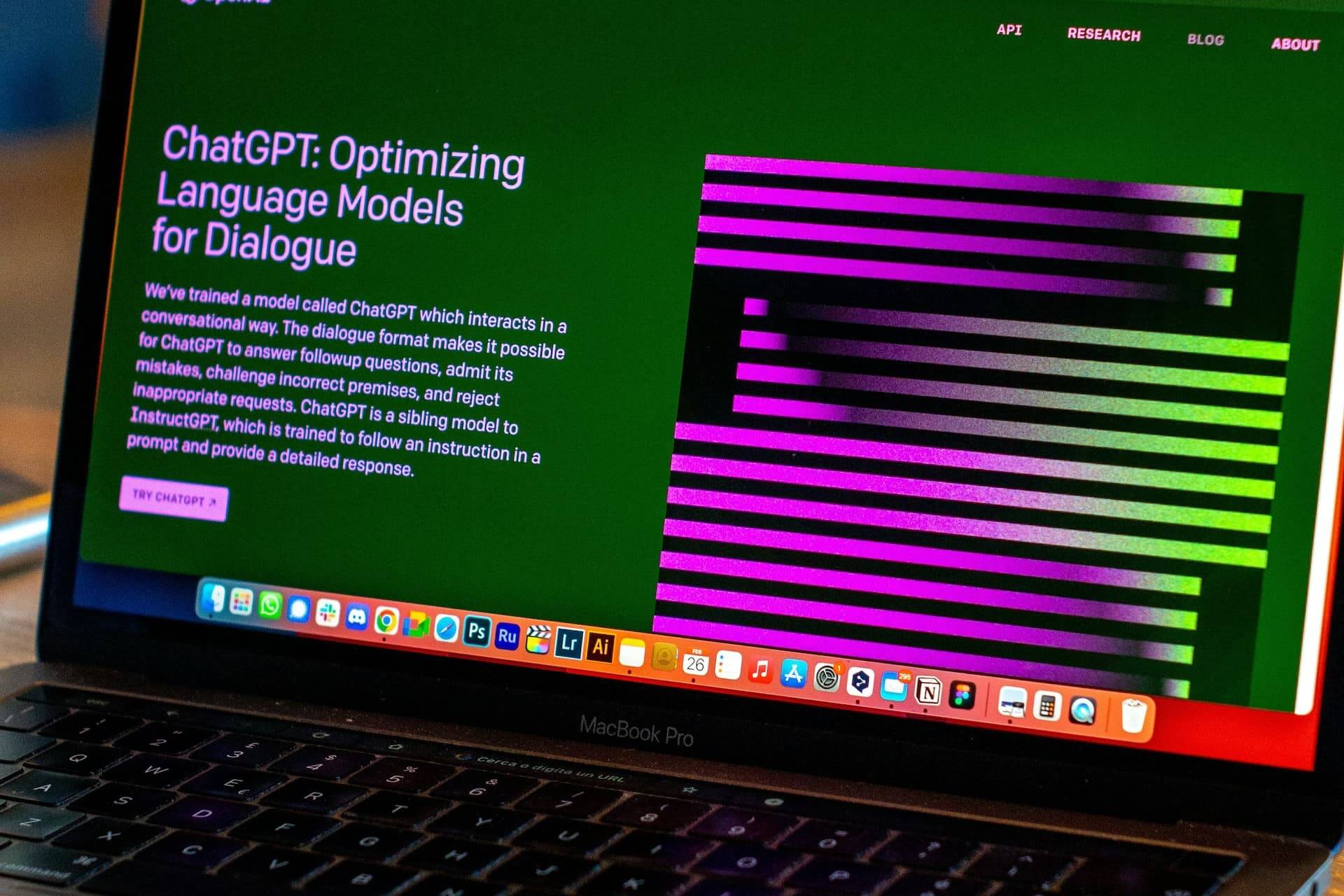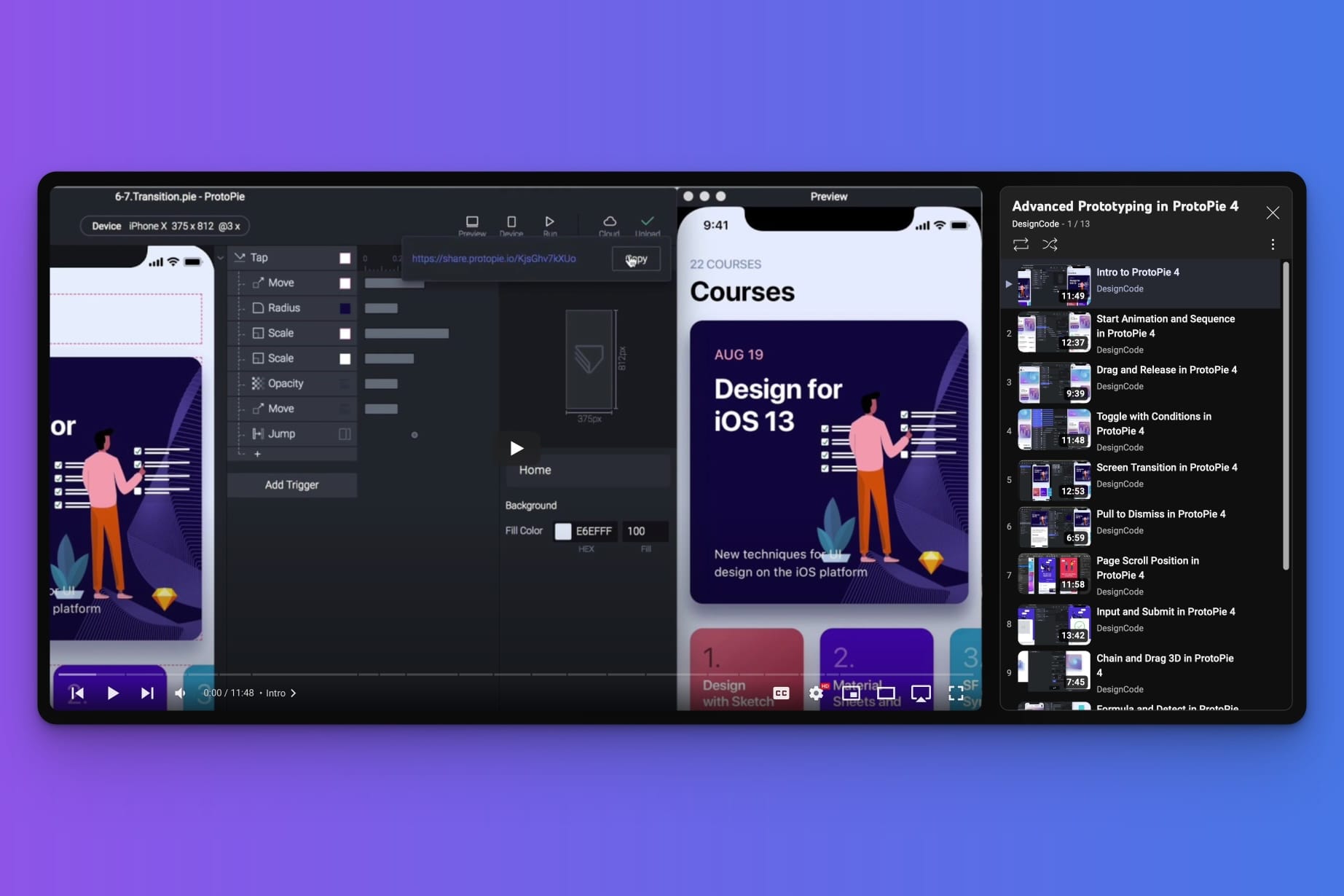Do you have a passion for product design, but don’t know where to start in making it your career? Or perhaps you already have some experience and want to take the plunge into becoming a full-time freelance designer?
No matter what stage of the journey you’re at, this article will provide you with all the information you need on how to start as a freelance product designer.
In order to become successful in this field, there are certain steps that must be taken. This guide will cover everything from deciding if freelancing is right for you, through to building an effective portfolio and creating strong relationships with clients. So whether you are fresh out of university or looking for something new after years of working in the creative industry, read on and we’ll show you how to get started!
The growing demand for skilled product designers has created an exciting opportunity for those ready to make their mark on the world. With technology advancing rapidly and consumers expecting more from their products than ever before, now is the perfect time to set yourself up as a freelance designer who can meet these demands.
Let’s look at exactly how to do this.
Understanding The Necessary Skills To Be A Freelance Product Designer
For anyone looking to become a freelance product designer, there is no better time than now! With the advances in technology and demand for UX design and UI design increasing, it’s easier than ever to get started.
The key is understanding what skills you need to be successful. Product designers must understand the importance of user experience (UX) and how users interact with products. They should also have knowledge about graphic design, colour theory, typography, interface design principles and web development languages such as HTML/CSS. Additionally, they should be familiar with prototyping tools like Sketch or Adobe Creative Suite programs like Photoshop or Illustrator. It’s a lot, but once you start working with it, these will all come naturally.
It’s essential that potential product designers are able to use their creativity to create innovative solutions that solve problems. A good product designer will also know how to build wireframes and prototypes quickly so stakeholders can review and approve them.
Finally, having an understanding of industry trends helps product designers stay on top of emerging technologies and anticipate future needs.
Having these necessary skills under your belt puts you in a great position when it comes to launching your own business as a freelance product designer — but don’t forget one important step: building your network and finding clients!
Building A Network And Finding Clients As A Freelance Product Designer
If you want to start a career as a freelance product designer, finding clients and building a network is like embarking on an adventure, with the ultimate goal of creating something unique.
It can feel daunting at first but it’s easy to get started. Start by researching potential companies you’d like to work with and reach out via email or social media. Introduce yourself, show off your portfolio, explain why they should hire you, and provide links to other projects you’ve done in the past.
Networking is key; attend events related to your field, join professional organizations and online groups, be active in conversations, offer advice when possible – all of these things help build relationships that may eventually lead to finding paying clients.
It’s also important to keep track of contacts for future reference – create a spreadsheet where you can store contact information along with any notes about them so that you can refer back if needed.
Finally, don’t forget to showcase what sets you apart from others in the same field; think outside the box and use creative approaches such as video pitches or interactive presentations that will make you stand out from the crowd. With some effort and dedication, soon enough clients will come knocking on your door looking for your services!
Tips For Success As A Freelance Product Designer
The path to success as a freelance product designer is often far from straightforward. But with the right strategies and mindset, creative professionals can find their groove quickly. While there’s no guarantee that everyone will make it big in this field, here are some tips for setting yourself up for success:
First and foremost, you need to become an expert in your craft by building a strong portfolio of work. This means investing in both time and money into creating something unique and eye-catching. You should also familiarize yourself with the latest trends and technologies related to product design—this knowledge could be invaluable when pitching clients or developing new products.
Networking is another essential part of succeeding as a freelancer. Make connections through industry events, online forums, and even social media channels like LinkedIn. These relationships may help you get access to job opportunities or advice on how best to develop your skillset. Additionally, don’t forget to keep your personal brand updated—your website, resume, business cards – all these elements play a role in making potential customers take notice.
Finally, never underestimate the importance of being organized and detail-oriented! Freelance designers must manage their own projects efficiently; otherwise deadlines might slip away without any accountability for them. Track progress regularly so that problems can be identified early on before they pile up later down the line. And most importantly, focus on delivering quality results because happy clients lead to more referrals – which then leads to continuous work opportunities!
Conclusion
As a freelance product designer, success comes from having the right skills and knowledge to design products that meet customer needs. Starting out as a freelancer can be difficult but with some hard work, dedication and determination it is possible to make it. To ensure continued growth in this field, I recommend staying up-to-date on industry trends, networking regularly, and being open to feedback and criticism. By doing so you’ll have more opportunities for success and create better products which will lead to more satisfied customers. Ultimately, by putting forth your best effort into designing great products you will reap the rewards of becoming a successful freelance product designer!
Frederik Roessell
Creative designer with 20 years of design experience working in startups and agencies in Copenhagen. Currently pushing pixels as a Senior Product Designer at a large ecommerce brand.



